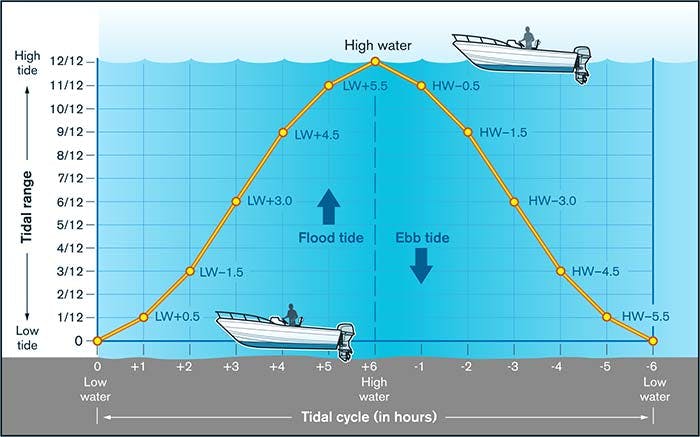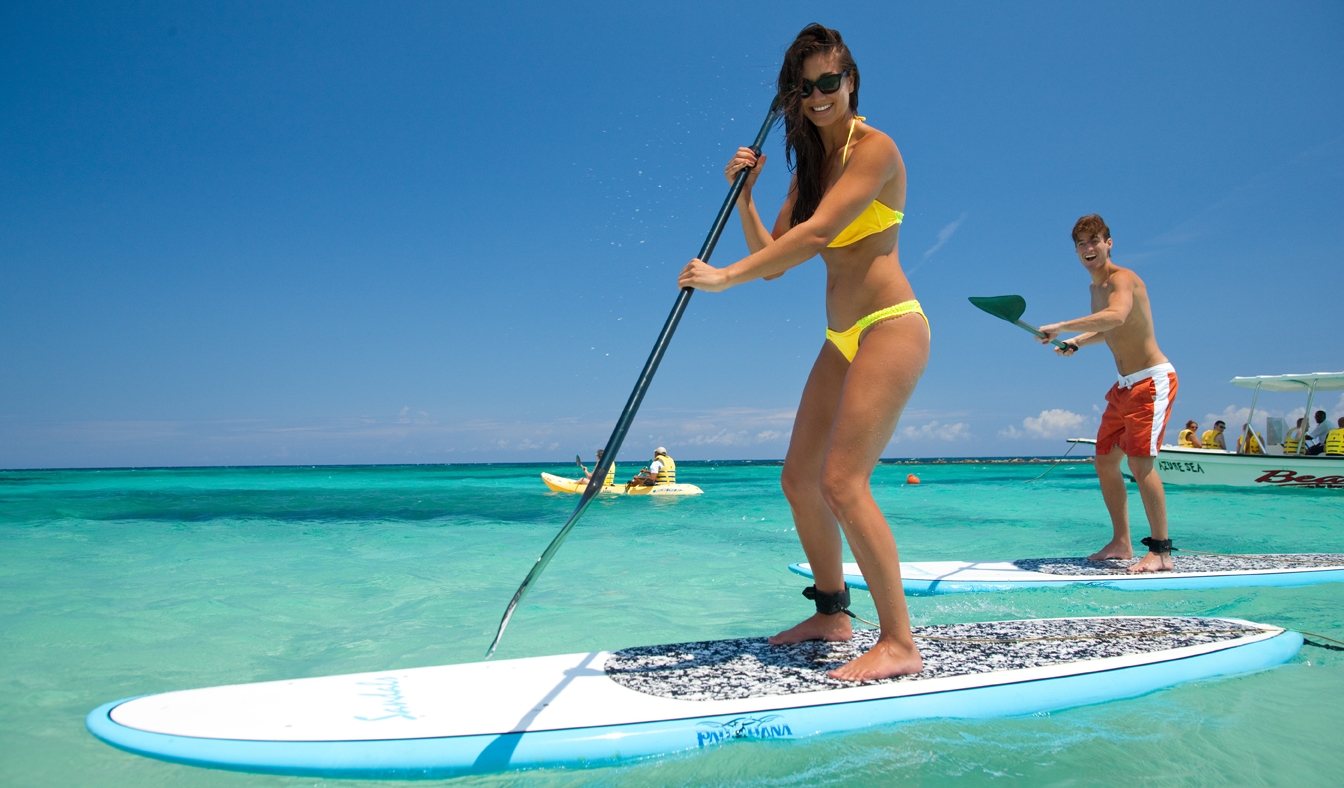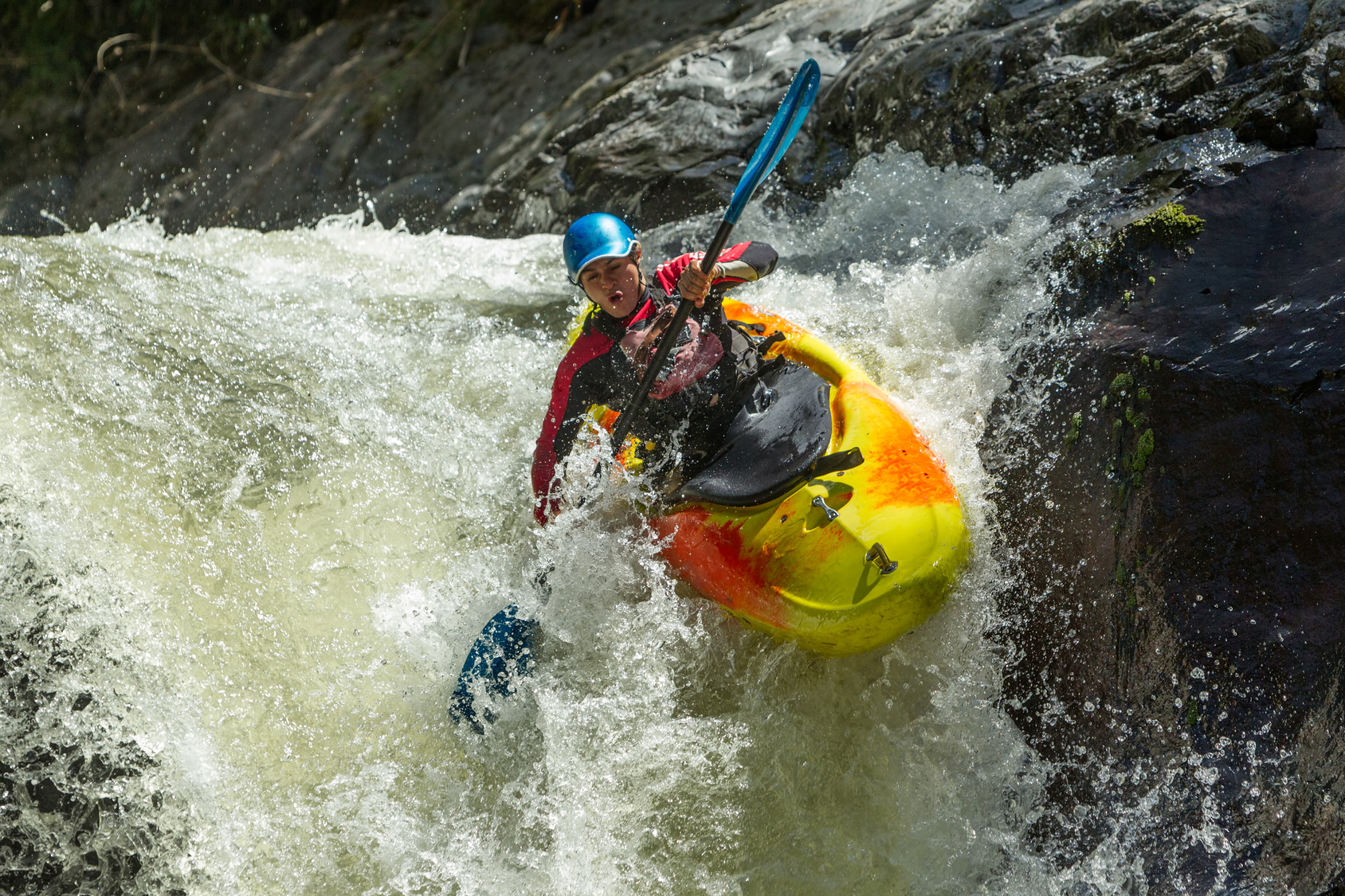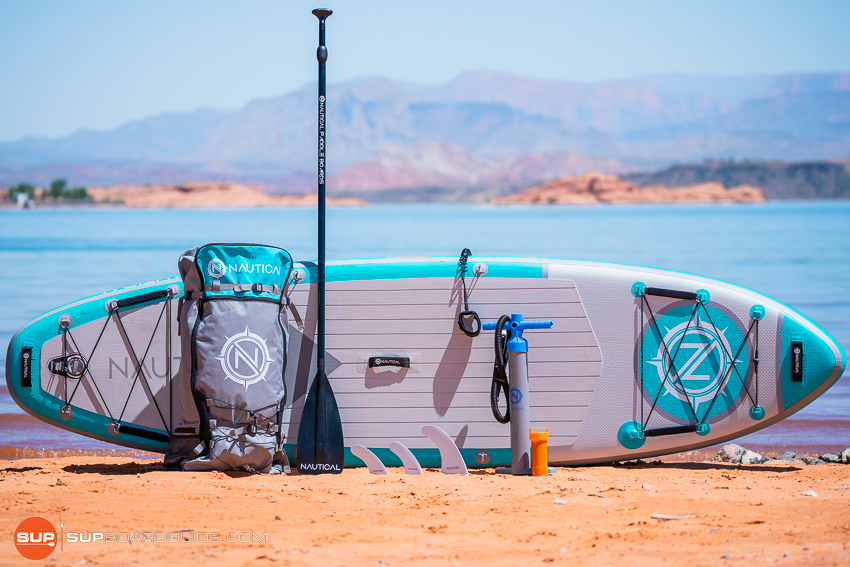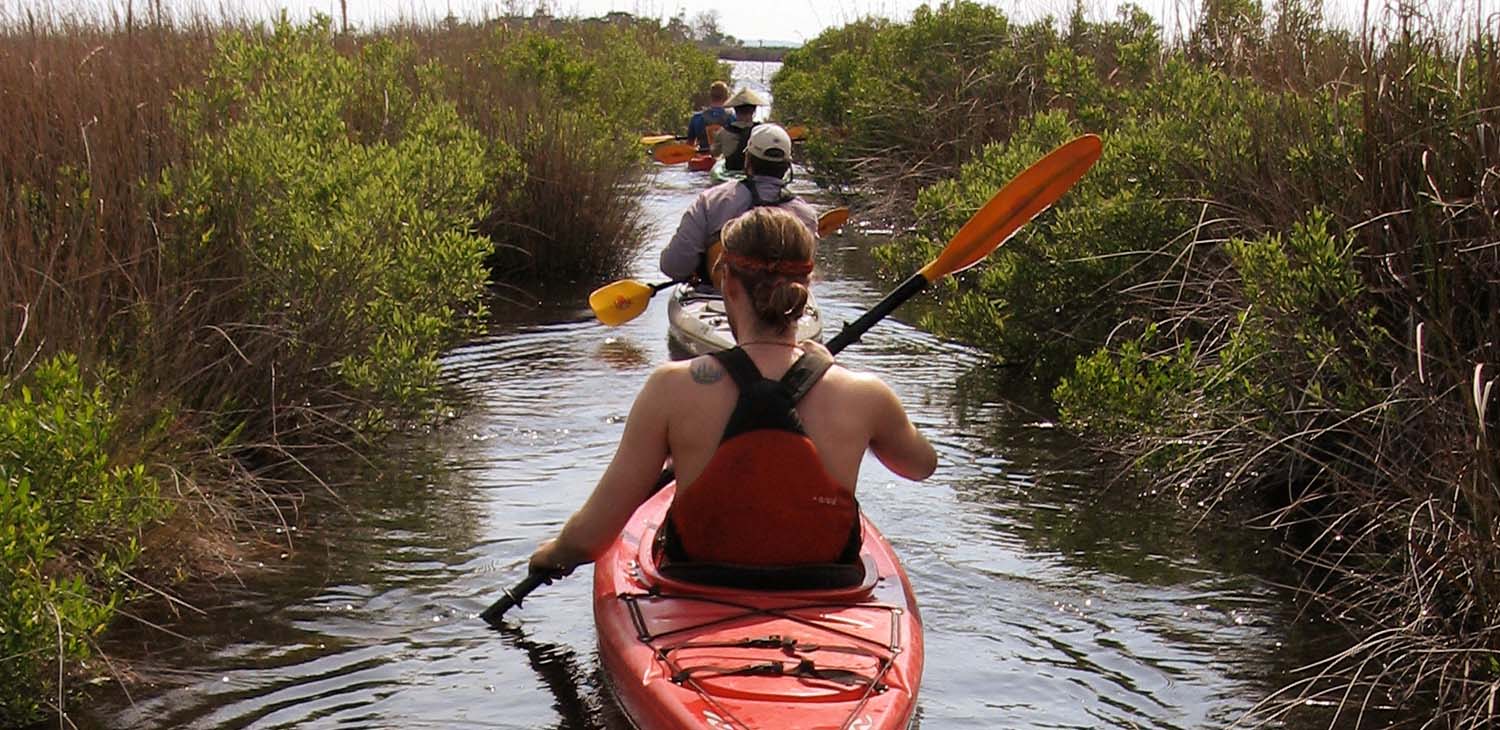![Tide Chart: The Rule That Is Based On Twelfths [updated 2024]](https://shared-bucket-websites.s3.amazonaws.com/TheRuleOfTwelfths-1656542818352)
- Alabama
- Alaska
- Arizona
- Arkansas
- California
- Colorado
- Connecticut
- Delaware
- Florida
- Georgia
- Hawaii
- Idaho
- Illinois
- Indiana
- Iowa
- Kansas
- Kentucky
- Louisiana
- Maine
- Maryland
- Massachusetts
- Michigan
- Minnesota
- Mississippi
- Missouri
- Montana
- Nebraska
- Nevada
- New Hampshire
- New Jersey
- New Mexico
- New York
- North Carolina
- North Dakota
- Ohio
- Oklahoma
- Oregon
- Pennsylvania
- Rhode Island
- South Carolina
- South Dakota
- Tennessee
- Texas
- Utah
- Vermont
- Virginia
- Washington
- West Virginia
- Wisconsin
- Wyoming
Tide Tables, Slack Tide Charts, Currents & Tide Predictions 2024
The Rule Of Twelfths
The time of high tide, the time of low tide and the height of each wave are crucial information that may be found in tide tables for every location. Here is an explanation of how to calculate the times in between.
If you do not have access to the slack tide chart and need to know how much water is below your boat at a particular time of day or a specific location, the "Rule of Twelfths" will be very useful. It is an easy-to-use reference for "semi-diurnal" tides, which means there are two almost identical complete tidal cycles a day. In other words, the waves occur twice as often as once daily (high, low, high, low, all within approximately 24 hours).
In general, it takes this tide around six hours to entirely rise (flood) or descend (ebb) (ebb). The length of time that elapses during the "slack" period (when the tide is moving in the other direction) changes according to several circumstances, including your location, the moon's phase, the wind's strength, and others. The slack tide period may be as little as a few minutes or as much as considerably longer, and it does not always coincide with the precise moment when high and low tide occurs. Tides and currents are places to get a free copy of the NOAA tide predictions.
The times of high and low tides and tidal heights above or below the chart datum (the numbers showing depths on your chart) can be determined for each day using several different sources. These sources include weather broadcasts, tide tables, tide time, navigation programs, specific diagrams, and books such as the Eldridge Tide and Pilot Book, published annually. When going on a coastal cruise, it is a good idea to bring along a printed version of the tide tables in case there are periods when neither power nor Internet connections are accessible.
Okay, How About We Give This A Shot Together?
Let's pretend we're going on a trip to Maine to learn how to read tide tables by imagining that we're already there. This will take place on Saturday, June 4th. During your journey out, you will be traveling over Massachusetts Bay. Just a short distance from the Annisquam River, which connects Gloucester Harbor and Ipswich Bay, the map depicts a sheltered cove that would be an ideal place to spend the night.
Figure 1.
The anchoring you picked is located west of the number 36 nun buoy and behind Rust Island (see Fig. 1 above). Your boat, which has a draught of 4 feet 6 inches, will have plenty of room in the water at mean low water in the anchorage, which is between 8 and 10 feet. But you must go through one area with a depth of two feet even when the tide is out (blue circle). Approximately what time do you need to be at marker 36 to make it into the anchorage without incident? You may get the answer to that question by consulting tide tables and the Rule of Twelfths.
Here Is A Rundown On How To Make Use Of Tide Tables
Search and Find your position within the tide tables (see Figure 2). On several pages, you'll discover tidal charts, but they'll only cover a few significant ports, such as Portland, Maine; Boston, Massachusetts; Newport, Rhode Island; and others. These are referred to as "reference ports" by NOAA, and nine are located between Maine and Miami along the East Coast. On June 4th, the high tide will arrive in Portland at 11:09 a.m., while in Boston, it will arrive at 11:25 a.m.
Figure 2.
Figure 3.
Between Maine and Miami, there are about 350 NOAA substations that are all tied to reference stations. These substations are in addition to the reference ports (see Figure 3). A mark will be placed on the chart next to any tidal information that pertains to the port of reference or substation. Your selected mooring may be found between two substations in the tide tables: "Annisquam, Lobster Cove," and "Gloucester Harbor." According to the page for Annisquam, high tide arrives at that location ten minutes after it arrives in Portland. If you add 10 minutes to the current time of 11:09, you will see that high tide will occur at Annisquam at 11:19. Where do we stand with Gloucester? According to the tide tables, its entry states that it is "same as Boston." When the tide is highest in Boston, it is 11:25 in the morning. Take note that the "increase in feet" for each of these substations is 8.5, equivalent to 8'6". When exactly do you need to be present at number 36? Between the hours of around 8:00 a.m. and 2:30 p.m.
Between Maine and Miami, there are about 350 NOAA substations that are all tied to reference stations. These substations are in addition to the reference ports (see Fig. 3). A mark will be placed on the chart next to any tidal information that pertains to the port of reference or substation. Your selected mooring may be found between two substations in the tide tables: "Annisquam, Lobster Cove," and "Gloucester Harbor." According to the page for Annisquam, high tide arrives at that location ten minutes after it arrives in Portland. If you add 10 minutes to the current time of 11:09, you will see that high tide will occur at Annisquam at 11:19. Where do we stand with Gloucester? According to the tide tables, its entry states that it is "same as Boston." When the tide is highest in Boston, it is 11:25 in the morning. Take note that the "increase in feet" for each of these substations is 8.5, equivalent to 8'6". When exactly do you need to be present at number 36? Between the hours of around 8:00 a.m. and 2:30 p.m.
Tip: The wind may change the tides by "piling up" water in or out of a narrow stream or moving water up, down, or across a big bay. When the wind blows for extended stretches over the ocean or bays, it may cause the water near the shore to get more profound, and vice versa.
It is important to remember that all of this information is approximative and is subject to change based on factors such as strong winds and storm surges. Additionally, tidal cycles are said to be "diurnal" in some regions, such as the majority of the Gulf Coastal States in the United States, eastern Mexico, and several islands in the Caribbean (only one 12-hour rise) fall every 24 hours). Diurnal tidal zones are often characterized by weak currents, extended periods of slack, and a limited variation in tidal height. Certain regions have a mixture in which the highs and lows are irregular and unequal. The slack tide charts will reflect this information for you. There are, however, additional instances in which the wind plays a predominant role, and the depths of the water may be significantly altered based on the direction in which the wind is blowing on the surface of the sea. These instances are not accounted for in the tide tables. Always blend what you read in books with what you see in the world around you.
Frequently Asked Questions
What is the best way to determine slack tide?
In many places, slack tide occurs one hour before or after high tide, and the water barely moves at low tide. However, conditions can differ from place to place, so it's important to check the local conditions when traveling.
What is the average duration of a slack tide?
A slack water period occurs when the tide cycle has little or no current. Between maximum ebb and flood, it can last from 15 to 45 minutes.
In tides, what does slack mean?
Flooding and ebbing currents are usually strongest before or near high and low tides. Slack currents or slack water are weak currents between flood and ebb currents.
What is the difference between a slack tide and a high tide?
A "slack" period (when the tide reverses directions) depends on several factors, including your location, the moon's phase, and the force of the wind. An ebb tide may last only a few minutes or much longer and doesn't necessarily coincide with high or low tides.
